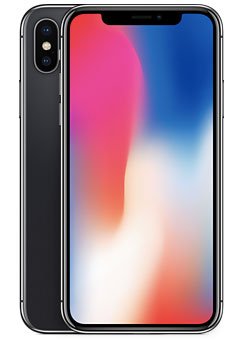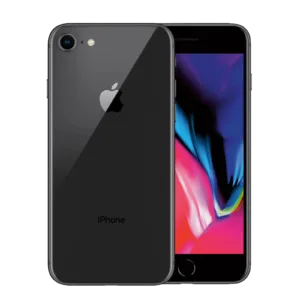Apple iPhone X (A1902) 64, 256 GB Specs
For Wholesale Prices of Minimum 10pcs Please Email
£130.00 – £210.00
Perks & Benefits
12 month refurbished warranty:
If your item has a technical defect within the first year, we’ll repair or replace it.
30 days to change your mind:
Return your item for any reason within the first 30 days of receiving it. Simple as that!
Free standard shipping:
Fast free delivery!
Customer support:
You can count on us to always get back to you within 1 business day!
Pay in installments:
Make easy monthly payments over 3, 6, or 12 months.
Have any Questions?
Feel free to Get in touch
Please note that this A1902 iPhone X model is exclusively for the Japan market. It is compatible with FDD-LTE bands 1, 2, 3, 4, 5, 7, 8, 11, 12, 13, 17, 18, 19, 20, 21, 25, 26, 28, 29, 30, and 66 as well as TD-LTE bands 34, 38, 39, 40, 41, and 42, but perhaps most notably, it also adds support for Sony’s FeliCa for contactless payments on iD and QuicPay as well as Suica support on JR East. It is intended for use on Softbank, AU, and NTT DoCoMo in Japan.
Regardless of carrier support, all iPhone X models have a 3D-touch capable 5.8″ (diagonal) OLED HDR “Super Retina” display (2436×1125, 458 ppi, 1 million:1 contrast ratio) that occupies nearly the entire front of the device with the bottom “chin” where the “Home” button once was gone entirely and replaced by a new facial recognition “Face ID” authentication system.
The iPhone X has three cameras. On the front — tucked in the rather awkward “notch” — is a new “TrueDepth” camera that in addition to supporting the “Face ID” functionality, takes 7 megapixel photos, shoots 1080p video, and has software support for Portrait mode, Portrait lighting, and more. The two rear cameras, one wide angle (f/1.8 aperture) and one telephoto (f/2.4 aperture), both have 12 megapixel sensors, support optical image stabilization, and shoot 4K photos and video. The cameras support motion tracking and offer augmented reality support, too.
The iPhone X uses a primarily “surgical-grade stainless steel” case and has a glass front and back. It is splash, water, and dust-resistant (IP67), but not water-proof, and it has stereo speakers and a Lightning port. It was available in two color options, a dark “Space Gray” and silver.
Internally, the iPhone X is powered by a 64-bit “Apple A11 Bionic” processor with six cores — two performance cores and four high-efficiency cores — and has 3 GB of RAM, as well as 64 GB or 256 GB of flash storage. It also supports 802.11ac Wi-Fi with MIMO, Bluetooth 5.0, LTE (4G), and NFC for Apple Pay.
Apple estimates that the iPhone X provides “up to” 60 hours of audio playback, 21 hours of talk time, 12 hours of Internet use, and 13 hours of wireless video playback. Because of the device’s glass back, the battery can be charged wirelessly using a charging mat that supports the Qi standard.










Reviews
There are no reviews yet.